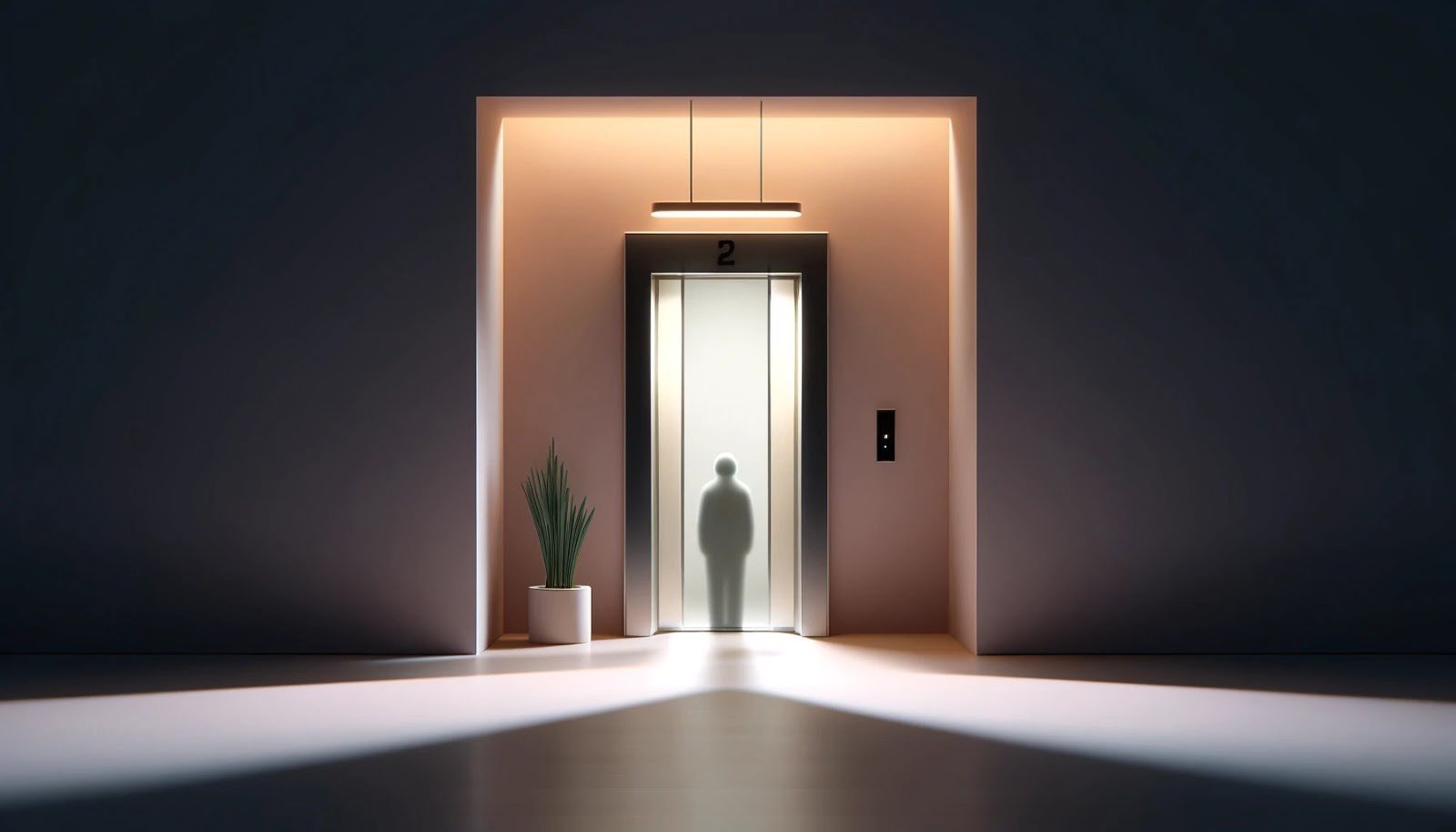 A sizable number among us constitute those afflicted with elevator phobia, an apparently unreasonable spot of worry that sees them quite often experience a rush of anxiousness that commences the moment the doors to the elevator start to close. Among other symptoms, the claustrophobic feeling gives rise to sweaty palms, racing hearts, and an urgent wish to break out and flee.
A sizable number among us constitute those afflicted with elevator phobia, an apparently unreasonable spot of worry that sees them quite often experience a rush of anxiousness that commences the moment the doors to the elevator start to close. Among other symptoms, the claustrophobic feeling gives rise to sweaty palms, racing hearts, and an urgent wish to break out and flee.
Let us today examine the psychology underlying this widespread yet frequently misinterpreted dread.
Trapped in the depths of the human psyche are the twin scourges that give rise to lift phobia: claustrophobia and acrophobia. When people start to believe that there are no escape routes in elevators, and that they are stuck, they panic and experience claustrophobia, or the fear of small places. Anxiety is all the more heightened by acrophobia, or the dread of heights, particularly in high-rise structures. According to psychologists, these anxieties together can produce the perfect storm within the enclosed lift cabin leaving lifetime scars that may take a very long time to heal.
According to experts, the fear might be the outcome of traumatic events in the past that set off the fight-or-flight reaction in the mind. Those who have lift anxiety experience distress because of the enclosed area and height, which heighten the perceived threat. Moreover, the absence of control in an elevator, when one is dependent on the mechanical device, can intensify the uneasiness.
“Elevator phobia often arises from a deep-seated fear of losing control, triggered by the enclosed space and height,” says renowned psychologist Dr Anjali Sharma, to help understand the psychology at work. To create useful coping mechanisms, the underlying problem must be addressed.”
In conclusion, assistance and hope are the only twin tools available for people suffering from lift phobia. Exposure to lifts gradually in a safe and encouraging setting is part of coping methods. Additionally, helpful in reducing anxiety are deep breathing exercises, mindfulness practices, and visualisation exercises.
It’s critical to acknowledge that there are those who deal with things the right way i.e., with empathy. Psychologists and support groups these days offer specialised techniques to overcome this phobia. Seeking their assistance can help. What is central is that the one afflicted ought to remember that there is a way past the mental obstacles that is preventing one from moving forward.
Finally, by comprehending the psychology underlying lift phobia, people can get compassionate support and practical solutions that help them move towards a better, fear-free future.





Add comment